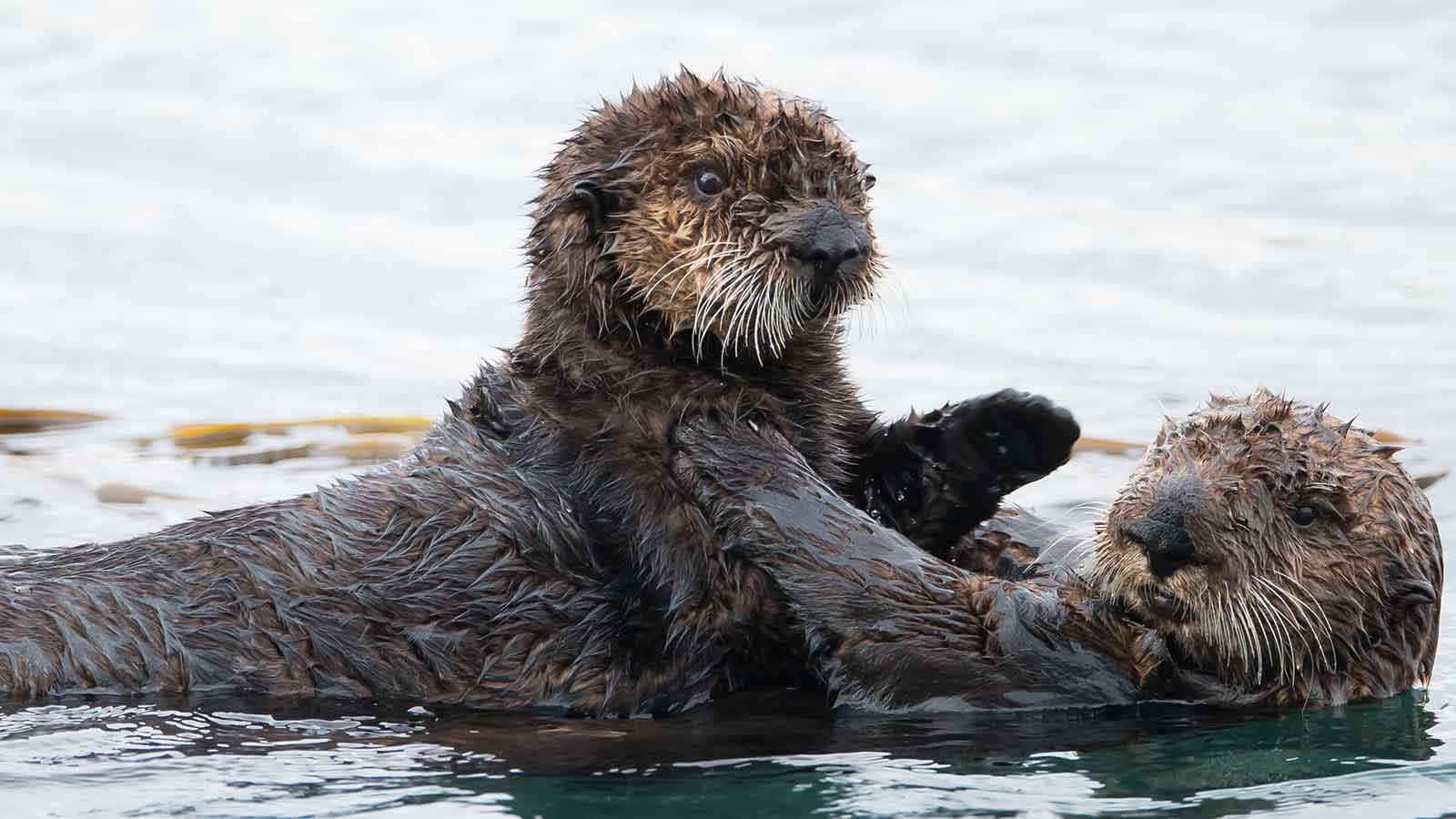
A community of life
All Americans should care about the wildlife on the coast plain of the Arctic National Wildlife Refuge, even if we never visit.
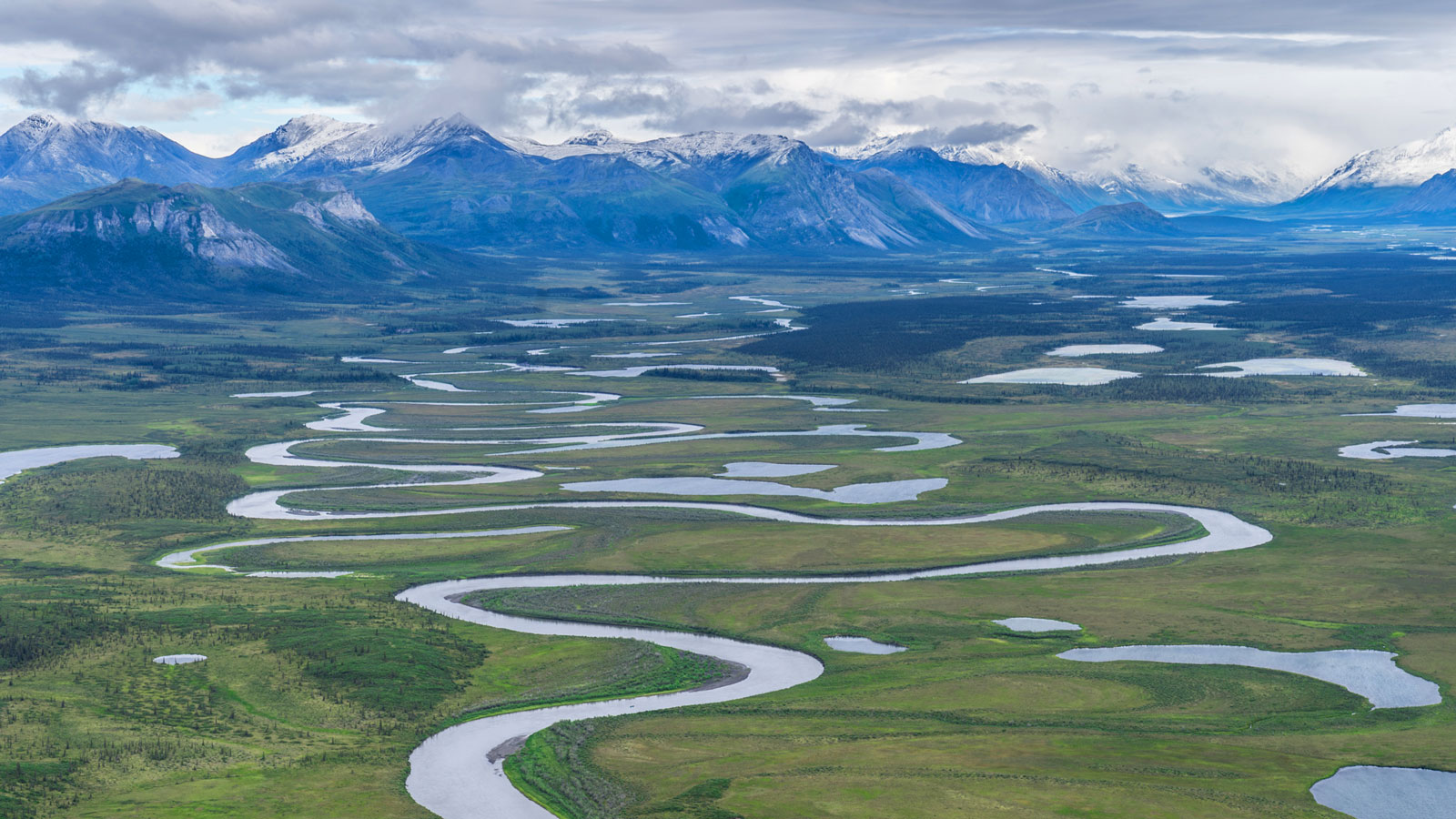
Protecting the Arctic National Wildlife Refuge is a legacy of our country’s conservation movement. Originally established in 1960 under President Dwight D. Eisenhower, the refuge pre-dates the publication of Rachel Carson’s seminal book, Silent Spring (1962) and the Santa Barbara oil spill (1969), which horrified the organizers of the first Earth Day (1970).
I’ve never been to the refuge, and, I suspect you’ve never been there either. In fact, the vast majority of Americans are less likely to visit the north slope of Alaska than almost any other spot in the U.S. Of course, if you’re lucky enough to have access to a private plane or you’re up for hiking and backpacking there from Fairbanks — with all of the food and provisions you’ll need — it’s surely worth the effort. By all accounts, it’s spectacular. However, that’s beyond so many of us. Still, even if we never get there, that’s not the point of protecting this place.
This reason why this wild and amazing place must be protected was eloquently explained in the 1964 Wilderness Act, which was enacted four years after the refuge was officially designated.
Its words clearly apply to this remote Alaskan area: “A wilderness, in contrast with those areas where man and his own works dominate the landscape, is hereby recognized as an area where the Earth and its community of life are untrammeled by man, where man himself is a visitor who does not remain.”
In the case of the refuge, the “community of life” includes a wide variety of critters. One of my favorites is the muskoxen. Seemingly straight from a Star Wars scene, this prehistoric species dates back to the Pleistocene Era (10,000 years ago). It had been driven to extinction within the U.S. by 1900 (persisting in Canada and Greenland) and were reintroduced to Alaska in the 1930s. By the 1980s, descendants of muskoxen transplants from Greenland were reintroduced in the Arctic National Wildlife Refuge.
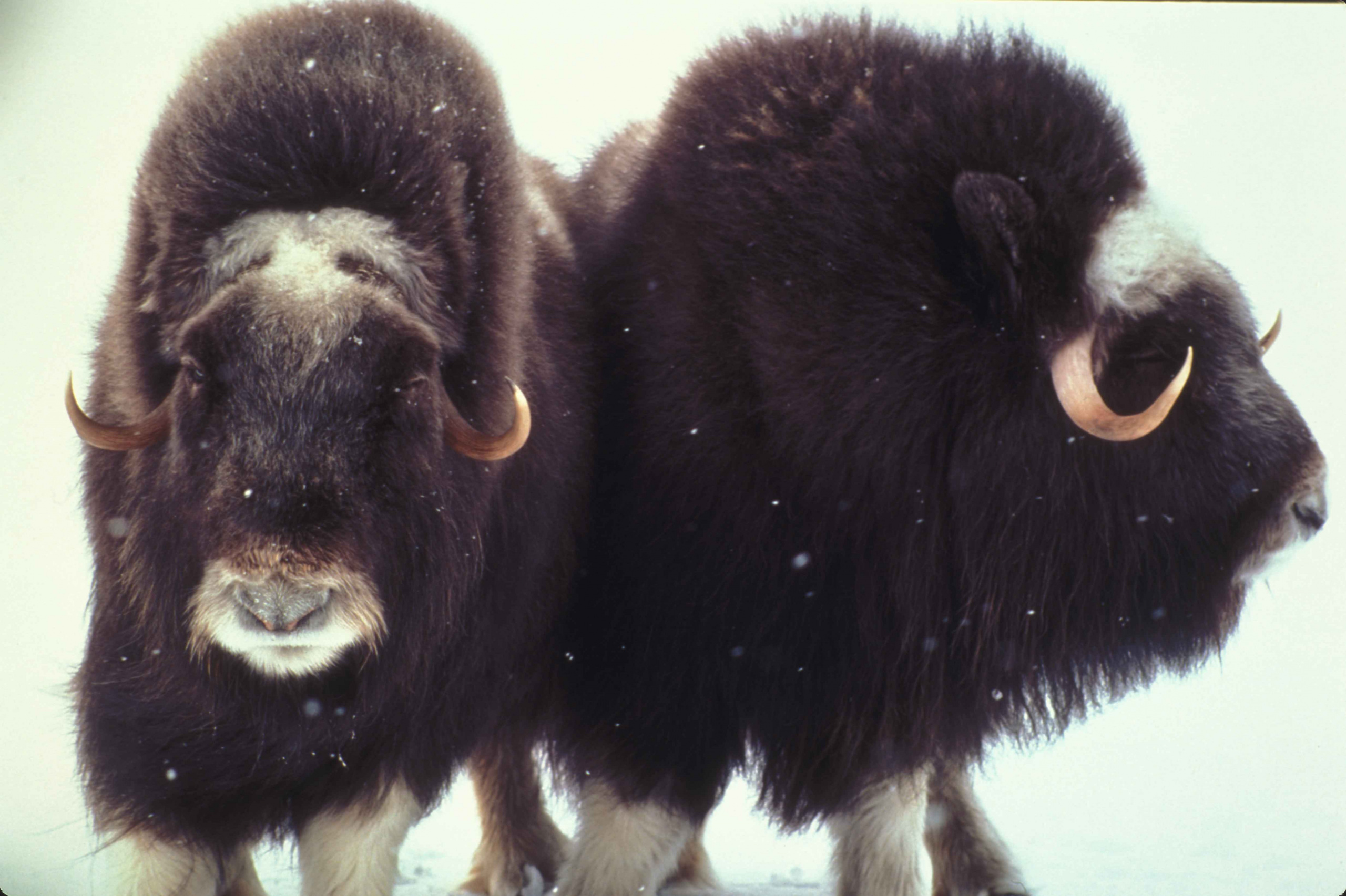
While I’m partial to those creatures, I, like nearly everyone else, also love polar bears. The refuge provides safety for the life cycle of endangered polar bears. Pregnant mother bears dig their dens in November and emerge with their cubs in the spring. With only about 900 polar bears in the Southern Beaufort Sea population, whose range includes the refuge, the loss of any denning terrain is unacceptable.
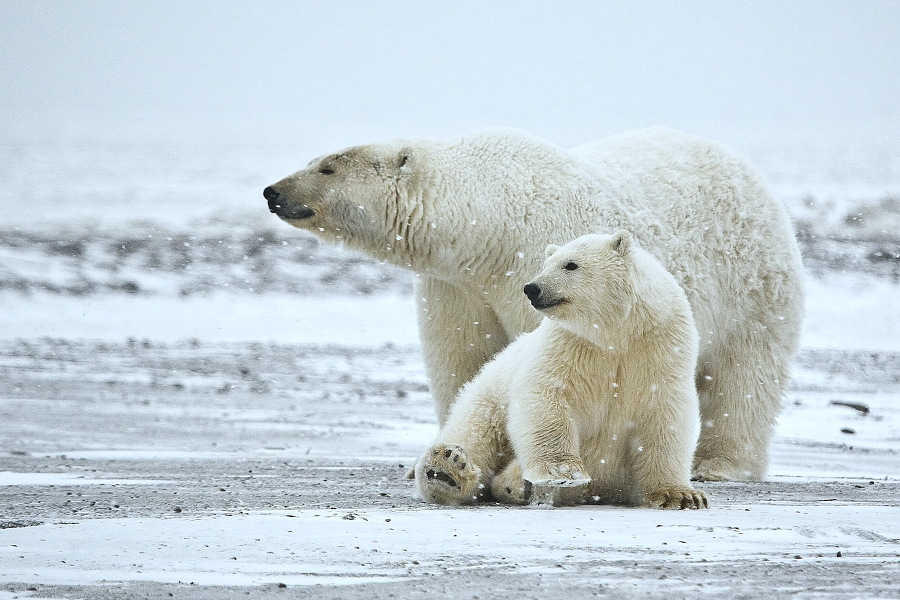
Snow geese are a seasonal member of this community. In August and September, tens of thousands of these birds will feed on the refuge’s north slope in preparation for their southern migration. There are multiple snow goose festivals in the lower 48 states where people gather to watch these majestic birds on their migratory routes. Snow geese were another species that had been on a path to extinction, but have bounced back in the last century.
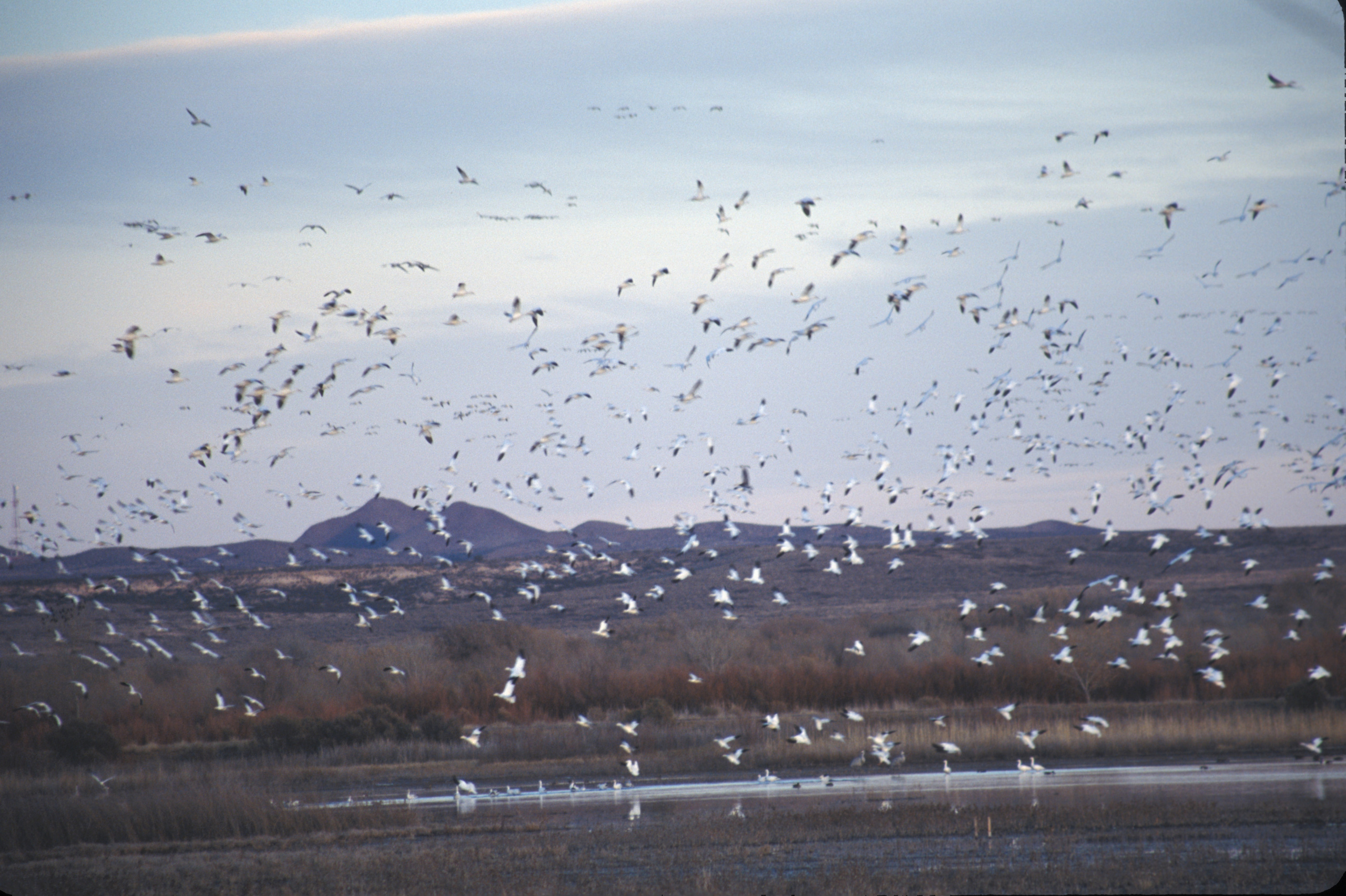
There are several chapters to the story of species recovery, but protected habitat is the most significant. That said, protecting a habitat does mean saying no to something else. In this case, safeguarding the refuge means saying no to the oil that’s most likely below the Arctic tundra.
But this shouldn’t be a difficult choice. Just take a look at those muskoxen and I think you’ll agree that we must prioritize species, beauty, wilderness and nature over a little more oil. And, perhaps, that realization will lead you to a larger point. As Americans continue to produce and consume more on average than at any point in human history, we should also reconsider our priorities. Maybe we can be content (or even pleased) with slightly less stuff so that our fellow members of Earth’s “community of life” can have a better chance at their own survival.
I know I desperately wish to be a member of that ‘community of life.’
Topics
Authors
Ellen Montgomery
Director, Public Lands Campaign, Environment America Research & Policy Center
Ellen runs campaigns to protect America's beautiful places, from local beachfronts to remote mountain peaks. Prior to her current role, Ellen worked as the organizing director for Environment America’s Climate Defenders campaign. Ellen lives in Denver, where she likes to hike in Colorado's mountains.
Find Out More
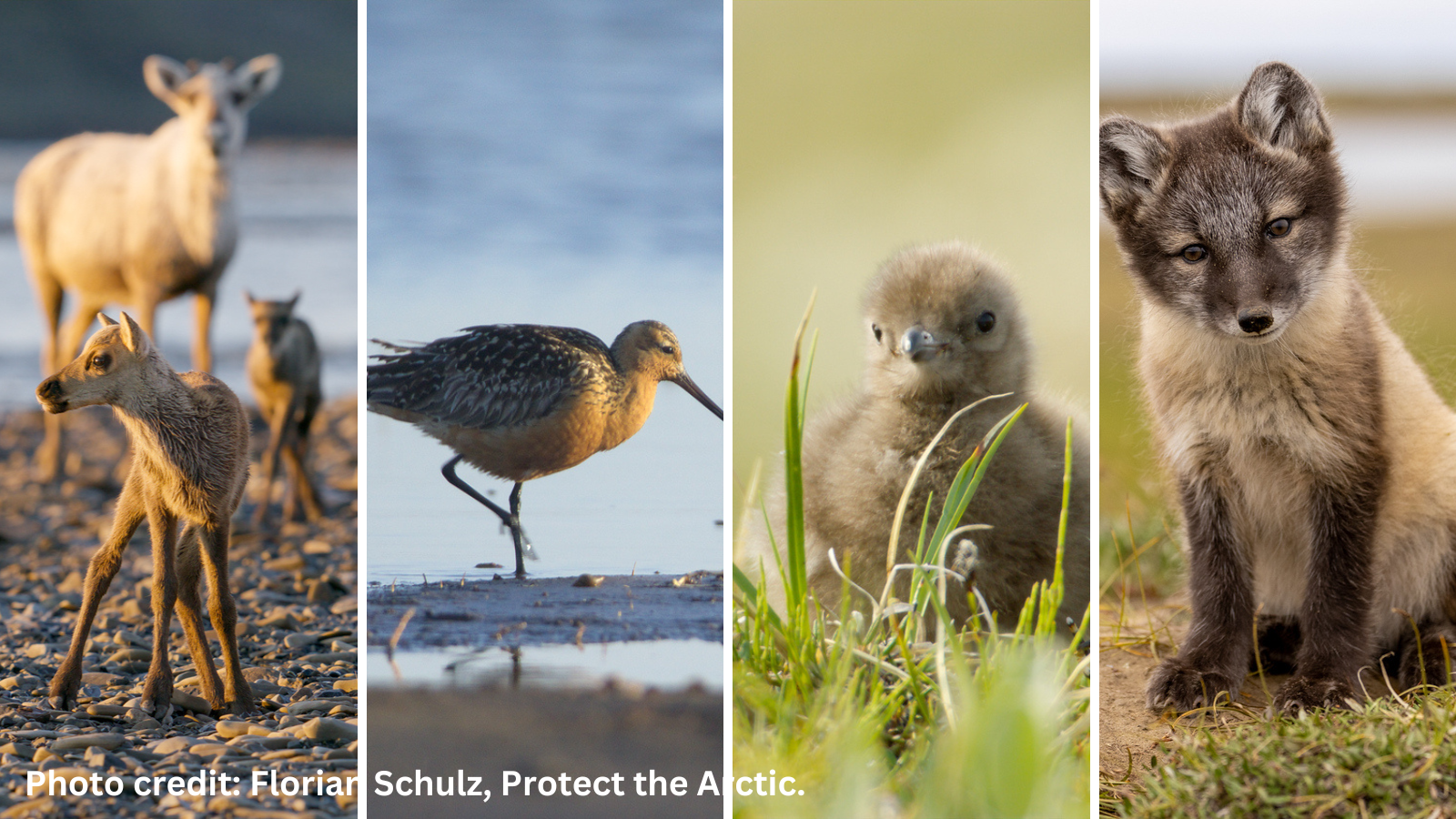
Why Alaska’s NPR-A, site of the Willow Project, deserves protection
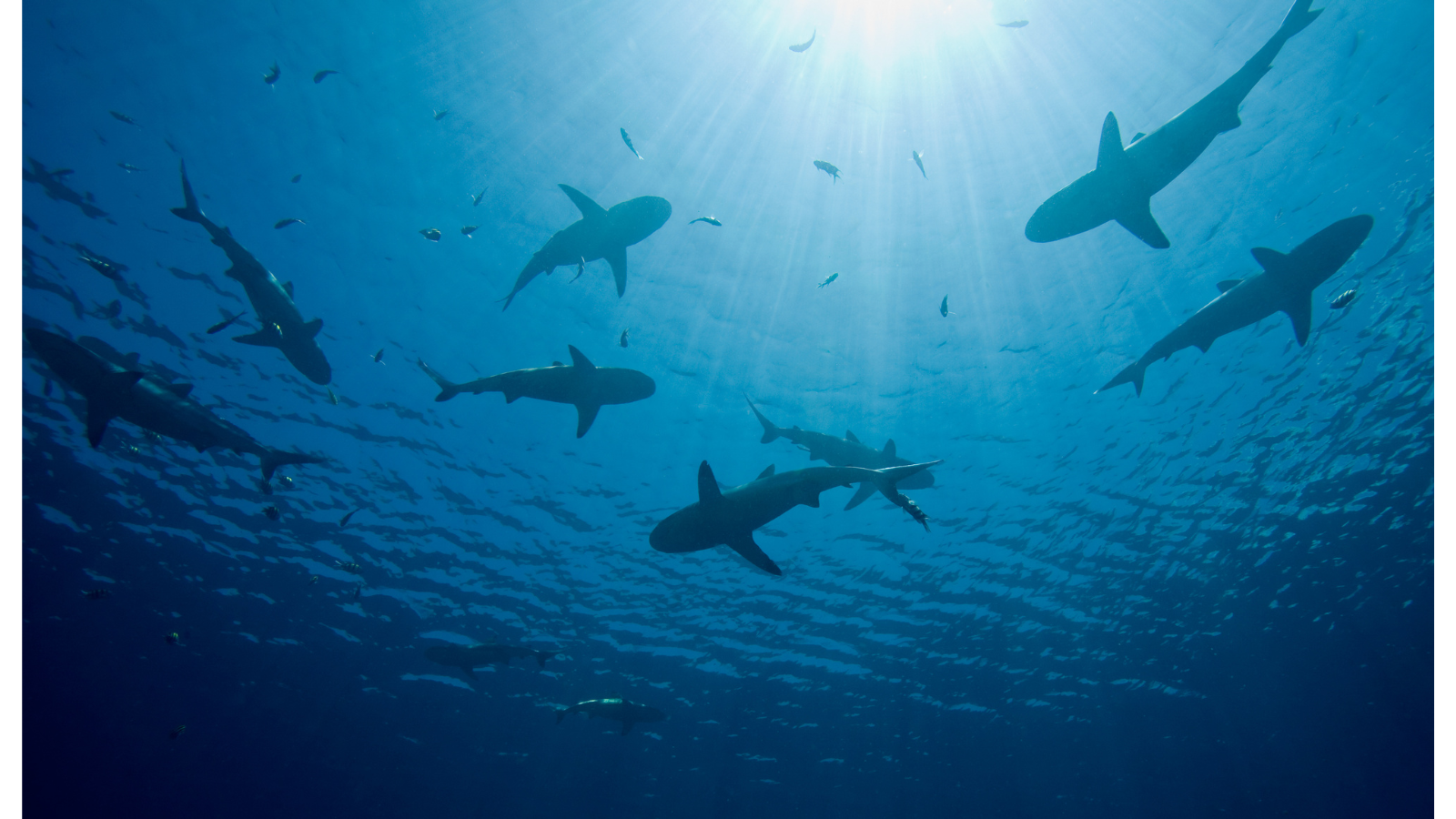
Sharks in the Gulf of Mexico

How to avoid bee-killing pesticides
